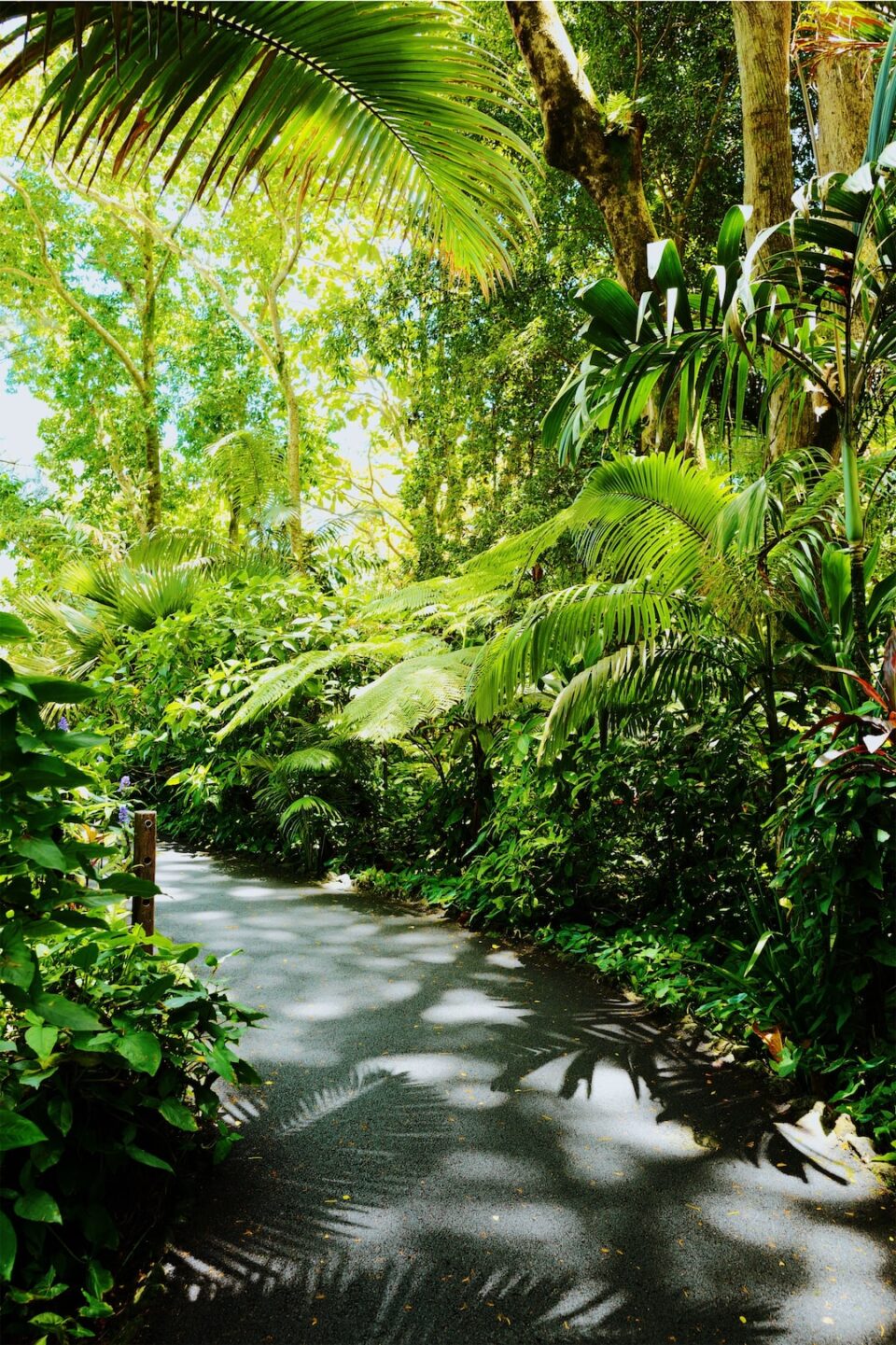Exploring Native Plants: Enhancing Your Garden with Indigenous Flora
When it comes to gardening, we often find ourselves captivated by the beauty of exotic plants from distant lands. However, have you ever considered the beauty and benefits of native plants that are indigenous to your region? Native plants play a crucial role in maintaining the ecological balance and biodiversity of an area, and they have numerous advantages over non-native species. In this blog post, we will explore the importance of native plants and how incorporating them into your garden can enhance both its aesthetic appeal and environmental sustainability.
What are native plants?
Native plants, also known as indigenous flora, are those that naturally occur in a particular region or ecosystem, having evolved over thousands of years and adapted to the local climate, soil type, and wildlife present. These plants have a symbiotic relationship with the environment and the local fauna, providing food and shelter for native insects, birds, and other animals.
Advantages of native plants
One of the major advantages of native plants is their ability to thrive in their original habitats without the need for excessive watering or chemical fertilizers. This makes them low-maintenance options for your garden and reduces the risk of introducing invasive species that may harm the native ecosystem. Native plants also tend to have deeper root systems, which help prevent soil erosion and improve water absorption, thus reducing the need for irrigation and the risk of flooding.
Another benefit of native plants is their ability to attract and support local wildlife. Native plants have co-evolved with regional wildlife, providing a source of shelter, food, and nesting materials for birds, bees, butterflies, and other beneficial insects. By incorporating native plants into your garden, you create a haven for these creatures, contributing to the overall ecological health of your area.
Enhancing your garden with native plants
Now that we understand the importance of native plants, let’s discuss how to incorporate them into your garden to enhance its beauty and sustainability.
1. Research indigenous species: Start by researching the native plant species that are well-suited to your region’s climate, soil, and sunlight conditions. Local botanical gardens, native plant societies, and gardening experts can provide valuable information in this regard.
2. Select a diverse range of plants: Aim for a diversity of native plant species, focusing on various colors, textures, and heights. This diversity will not only make your garden visually appealing but also attract a wider range of pollinators and birds.
3. Create a habitat: Consider incorporating elements like bird feeders, birdhouses, and butterfly puddlers into your garden. These additions will further attract and encourage local wildlife, enhancing the biodiversity of your outdoor space.
4. Choose native edibles: Many native plants are not only visually appealing but also edible. By including native edibles like berries or herbs in your garden, you can enjoy a unique culinary experience while promoting the growth of indigenous flora.
5. Practice responsible gardening: Once your native plants are established, avoid using pesticides or herbicides that can harm the delicate balance of your garden. Instead, opt for organic and natural pest control methods to maintain the health of your garden.
Conclusion
In conclusion, exploring native plants and incorporating them into your garden is not only aesthetically pleasing but also environmentally responsible. By using indigenous flora, you are promoting the preservation of regional ecosystems, attracting local wildlife, and reducing the need for excessive watering or chemical inputs. So, the next time you plan to enhance your garden, consider the beauty and practicality of native plants, and let them flourish in harmony with nature.

